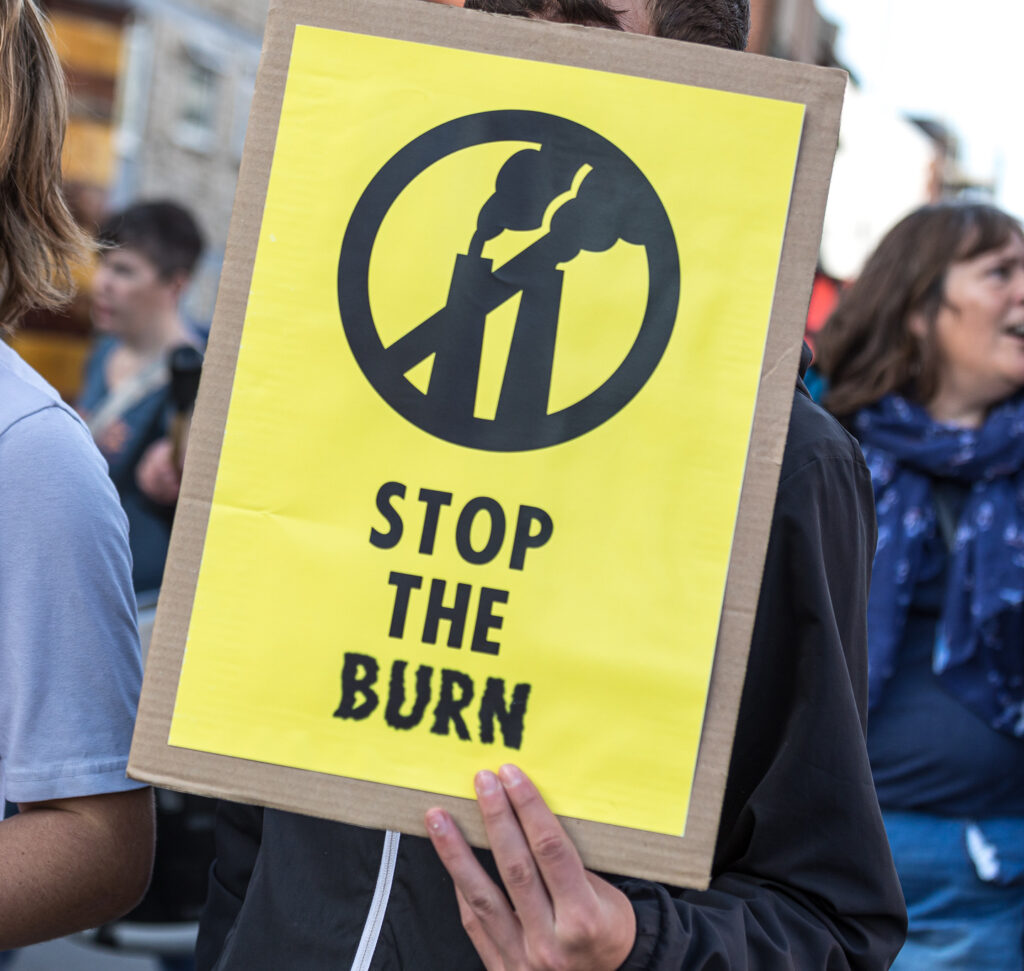Community action and the voices of impacted residents play a critical role in shaping environmental justice policy change. Brown (1987) introduces the concept of “popular epidemiology,” illustrating how grassroots organizing in Woburn, Massachusetts, led to significant public health discoveries and policy responses. Residents, dissatisfied with government inaction, conducted their own research linking water contamination to high leukemia rates, ultimately bringing national attention to environmental health risks. This case study demonstrates that community-driven research and activism can be effective tools for exposing environmental injustices and pushing for regulatory changes.

Social justice coalitions are also instrumental in shaping environmental justice policies. Bullard and Johnson (2000) analyze the discriminatory siting of hazardous waste facilities, particularly in low-income communities and communities of color. Grassroots movements have emerged in response, such as those in South Central Los Angeles, which mobilized against environmental racism and influenced policy decisions. The strength of these coalitions lies in their ability to shift public discourse and challenge unjust decision-making. Matsuoka and Raphael (2022) extend these arguments by emphasizing the critical role of community-engaged research (CER) in furthering environmental justice goals. Their framework demonstrates how CER can bridge the gap between environmental justice movements and transformative outcomes. The authors argue that researchers must engage deeply with environmental justice communities, by co-creating research questions, sharing power, and centering community knowledge to generate research that serves both scholarly and activist goals. Their work underscores that movements, not academia, have historically driven the development of environmental justice as both a field and a praxis. Building on this, González et al. (2007) provide a compelling case study of Participatory Action Research (PAR) in Southeast Los Angeles, an area known as “Asthmatown” due to its high asthma rates and industrial pollution. The study shows how PAR can respond effectively to complex environmental health problems in urban neighborhoods. PAR’s strength lies in its capacity to integrate diverse forms of knowledge from lived experience to technical expertise, which are crucial for addressing the cumulative impacts of environmental harms. However, the authors also acknowledge challenges, such as barriers to participation, time constraints, and institutional rigidity. Their findings point to the need for “constant elements” in PAR: sustained relationships, reflexive practices, and institutional flexibility, to maintain momentum and community trust.

Together, these studies point to several promising strategies. First, grassroots organizing, as seen in the Woburn and South-Central Los Angeles cases, is essential for mobilizing public support and pressuring policymakers (Bullard & Johnson, 2000). Second, coalition-building between community groups, researchers, and legal advocates strengthens advocacy efforts. Third, legal action and public testimony are effective mechanisms for holding corporations and government agencies accountable. Matsuoka and Raphael’s addition of CER and González et al.’s application of PAR further highlight the need for participatory frameworks that reflect the priorities of environmental justice communities (2022). These approaches provide not only tools for research and action but also models for restructuring institutional relationships and deepening collective engagement.
These findings can inform the MIRA incinerator remediation process and utilization of the $56.5 million in reserve funds by emphasizing the importance of community involvement in decision-making. Implementing PAR- or CER-based initiatives can ensure that remediation efforts are led by and accountable to Hartford residents (Pellico & Skahill, 2023). Additionally, fostering coalitions between community members, scientists, and policymakers, as well as supporting mechanisms like public hearings and legal challenges, can enhance transparency and equity. By drawing on lessons from past successes and acknowledging the structural challenges of urban participation, the process can better address systemic inequities and push for transformative environmental justice.